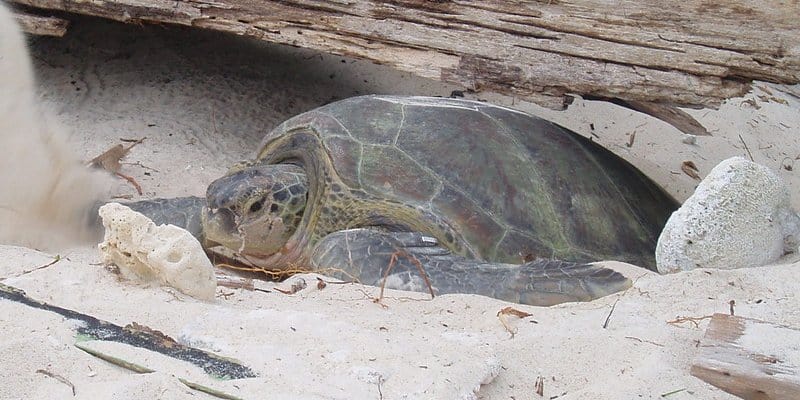
Ancient Fossils Reveal Turtles Without Shells
Anyone who has made it past elementary school knows that there are two things turtles are known for: being slow, and having shells. It’s hard to imagine them as anything else — but then again, that may be the result of millions of years of evolution. If evidence from fossils is to be believed, then once upon a time, turtles got by without their shells.
The turtle’s ancestor has been dubbed the Eunotosaurus africanus, and is believed to be the earliest of its kind. It may lack the famous shell, but it has the same broad body and rib cage. Still, the main point of interest for scientists — for the past four years, no less — is the skull of the Eunotosaurus. Based on their studies, they found more than an ancestor that can slot into the turtle family tree; it also provides a link to other modern reptiles. In theory, the openings behind the eyes let the ancestor flex the muscles of its jaw — though those openings were likely covered as the Eunotosaurus matured. Whatever the case, the jaw type is a dead ringer for snakes and crocodiles.
There are still plenty of questions that need to be answered, of course — chief among them, what sort of factors caused the spread of turtle shells. Even so, the fossils from 260 million years ago have set the stage for some exciting theories; now there’s no telling what the power of science can help us learn.



